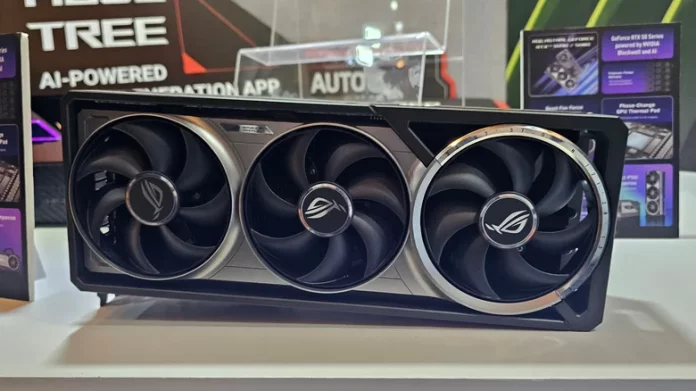Nvidia has long been the benchmark for cutting-edge PC graphics, and its GPUs are at the heart of every serious gaming setup. If you’ve shopped for a new graphics card recently, you’ve likely encountered the term “DLSS” on Nvidia’s packaging or product listings.
DLSS, short for Deep Learning Super Sampling, is Nvidia’s proprietary AI-powered image enhancement and scaling technology. Introduced in 2019, it’s exclusive to the company’s RTX series of GPUs and supported in over 300 games. Essentially, DLSS uses neural network algorithms to upscale lower-resolution images to near-native quality while improving performance — allowing gamers to enjoy smoother gameplay without sacrificing visual fidelity.
How DLSS Has Evolved
Since its debut, DLSS has undergone several major transformations, each generation pushing the limits of what real-time AI rendering can do. Instead of relying solely on raw GPU power, DLSS uses machine learning to handle a significant portion of image processing. By analyzing low-resolution frames, Nvidia’s AI reconstructs missing details to create crisp, high-quality images that look almost identical to true native resolution.
- DLSS 1.0 (2019): Launched with the RTX 20 series, supporting just two games. It used neural networks trained for
each title individually, limiting adoption. - DLSS 2.0: Marked a turning point. Nvidia refined its AI model to work across multiple games, using Tensor Cores
built into the RTX lineup for better efficiency and more natural results. - DLSS 3.0: Paired with the RTX 40 series, this version introduced Frame Generation, effectively doubling frame
rates by rendering additional AI-generated frames. - DLSS 3.5: Enhanced ray tracing quality with Ray Reconstruction, a smarter algorithm trained on expanded data
sets. - DLSS 4.0: Debuting with the RTX 50 series, Multi Frame Generation pushes realism further by interpreting
multiple frames simultaneously — improving motion clarity and scene stability.
Each iteration has made DLSS more adaptive, less resource-intensive, and increasingly indistinguishable from native rendering.
Striking the Perfect Balance: Performance vs. Visuals
For today’s graphically demanding titles, Nvidia’s latest DLSS 4 can deliver a dramatic performance boost — especially in visually complex worlds like “Doom: The Dark Ages” or “Dune: Awakening.” Over 125 current games support this standard, and the list grows with each new release.
In most supported titles, players can configure DLSS settings through the graphics options. Typical modes include Quality, Balanced, and Performance, each optimizing the trade-off between resolution sharpness and frame rate. Certain games also offer customization beyond these presets.
Experimenting with settings is key. Some titles benefit most from aggressive DLSS performance modes, while others are best experienced in Quality mode for maximum detail. Players seeking visual fidelity without upscaling can instead choose DLAA (Deep Learning Anti-Aliasing), which enhances image smoothness at native resolution rather than generating scaled frames.





